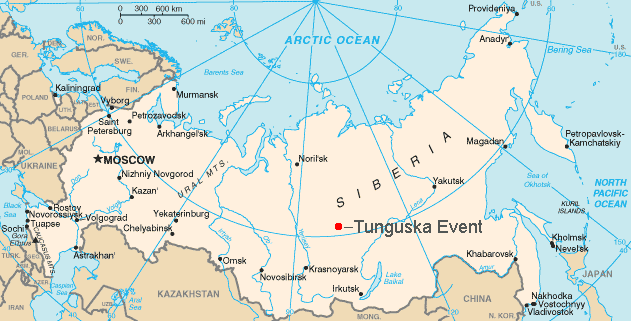If you are interested in natural hazards, you will likely be fascinated by the Tunguska explosion that occurred over Siberia on June 30, 1908. This unusual explosion occurred over a remote area of Siberia, flattening an estimated 80 million trees over an area of 830 square miles. It was accompanied by a fireball and an atmospheric shock wave that broke windows hundreds of miles away. At the time, it was not investigated because it happened in such a remote area, but later, scientists trekked to the area and saw the immense damage. They looked for meteor debris but never found anything. Scientists got a further clue about what might have happened when a similar but smaller air burst occurred on February 15, 2013, over the city of Chelyabinsk, Russia, 1,500 miles (2,400 km) to the west of Tunguska. Many of you may have seen video of that event, which was widely captured on dashcams across the region. You can read more about the two rare atmospheric events at EarthSky.
